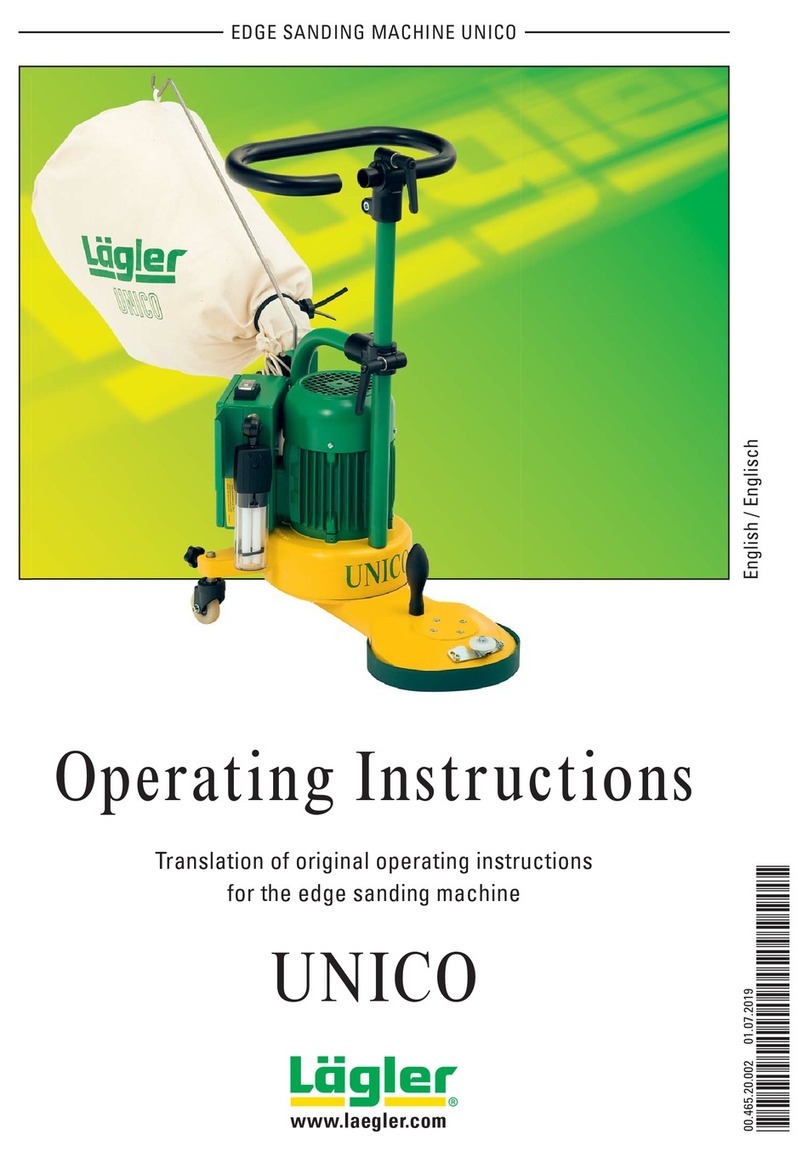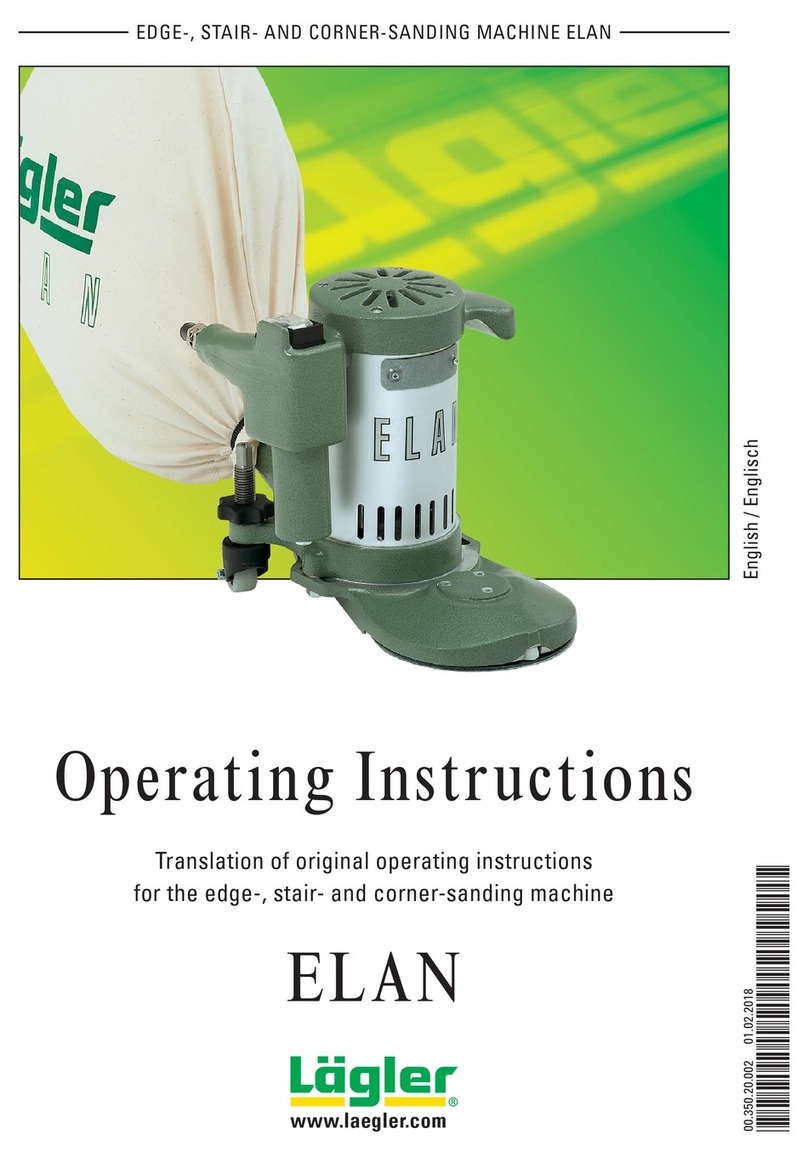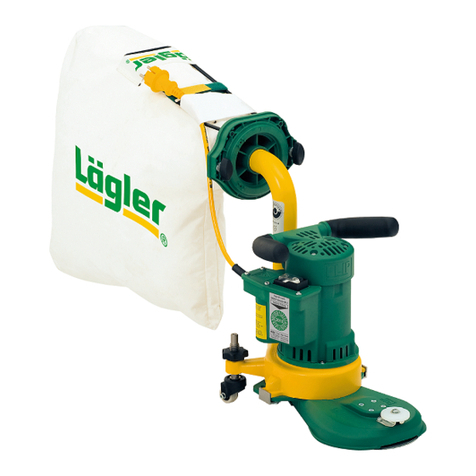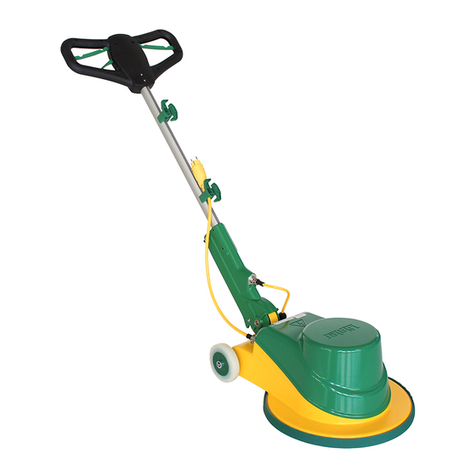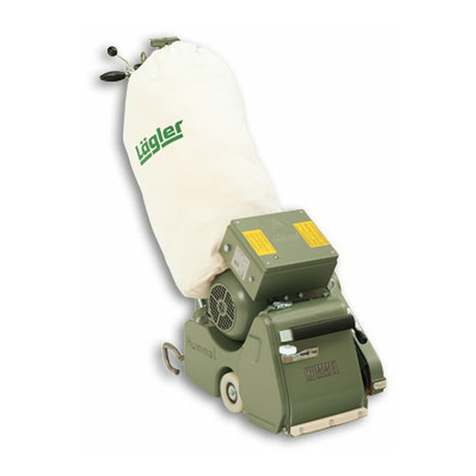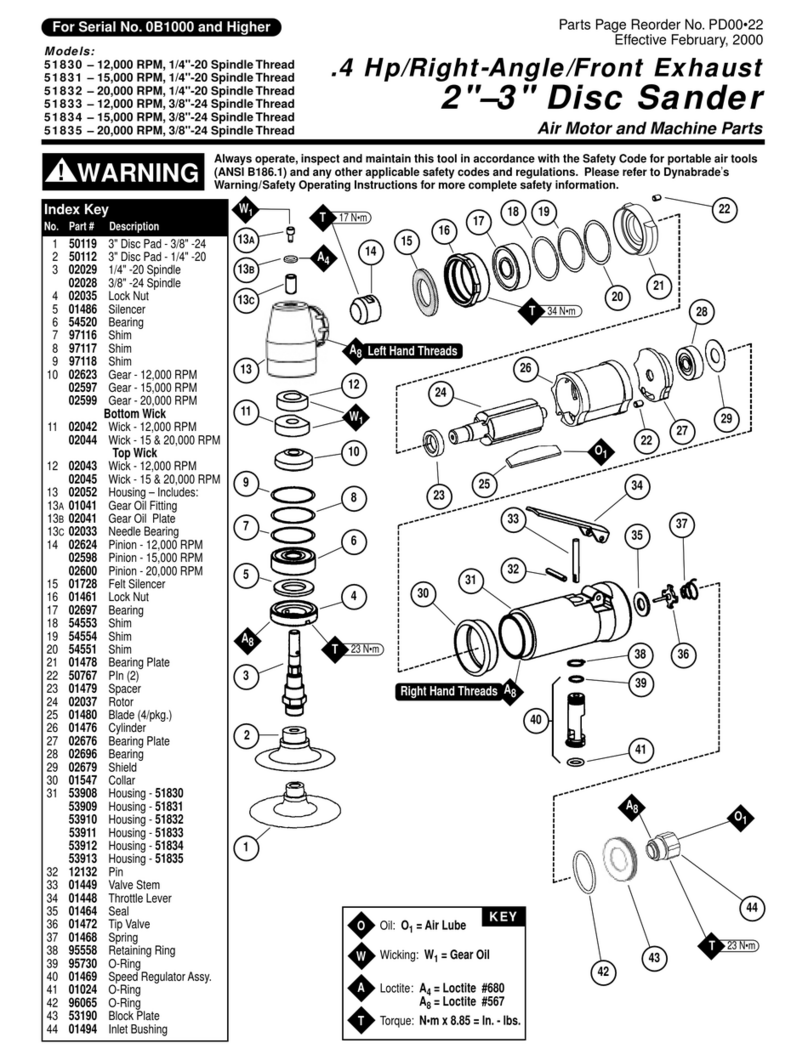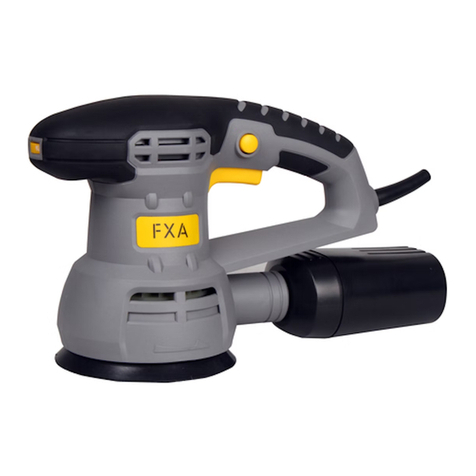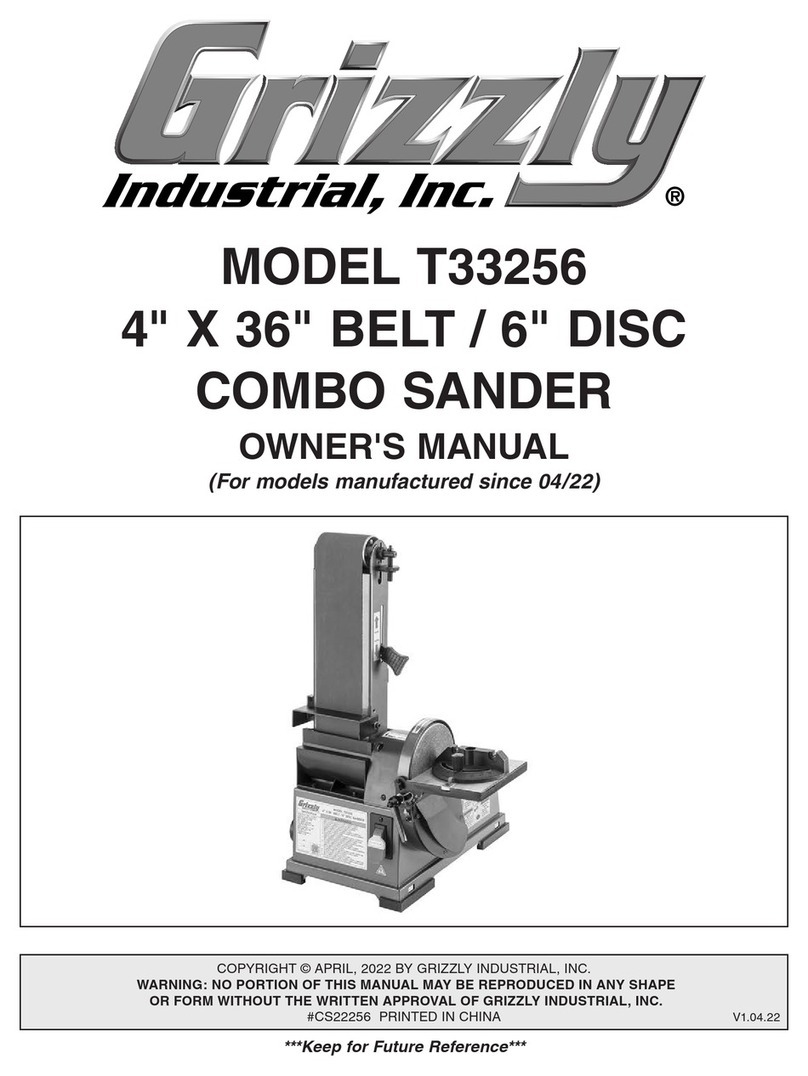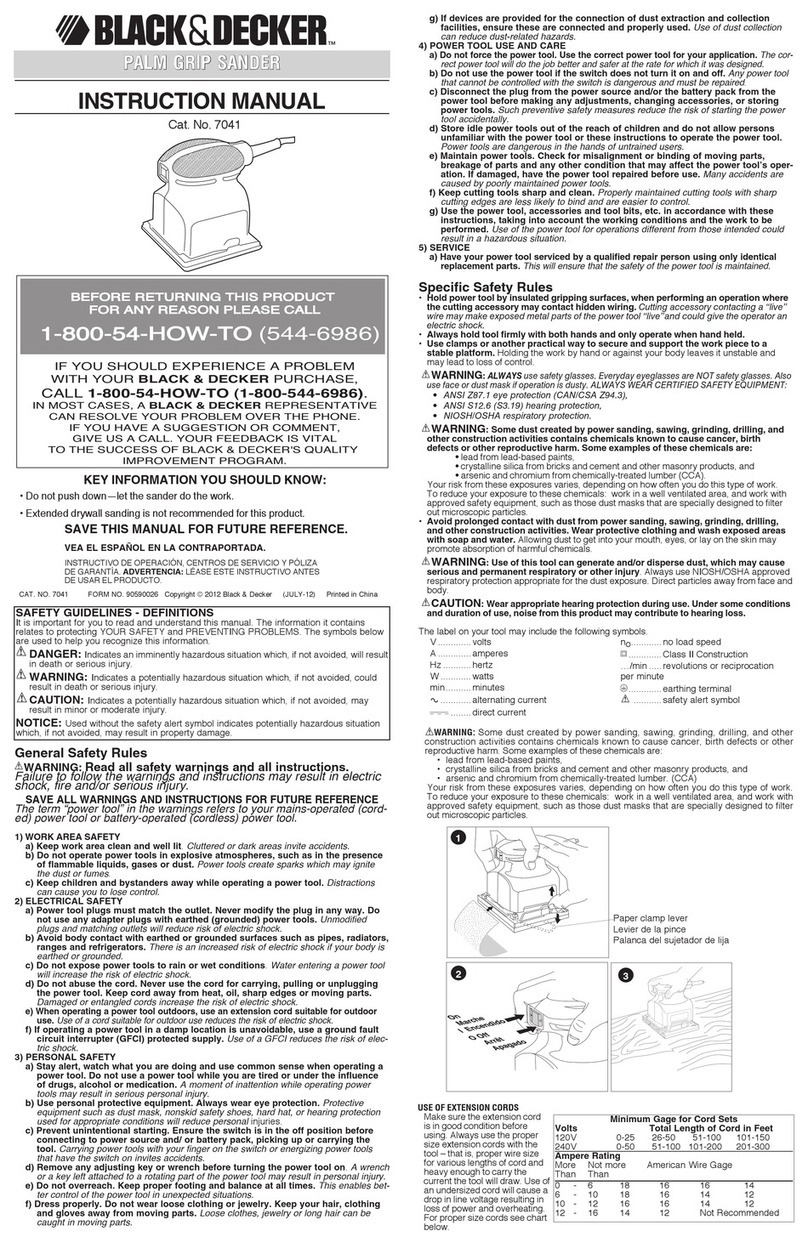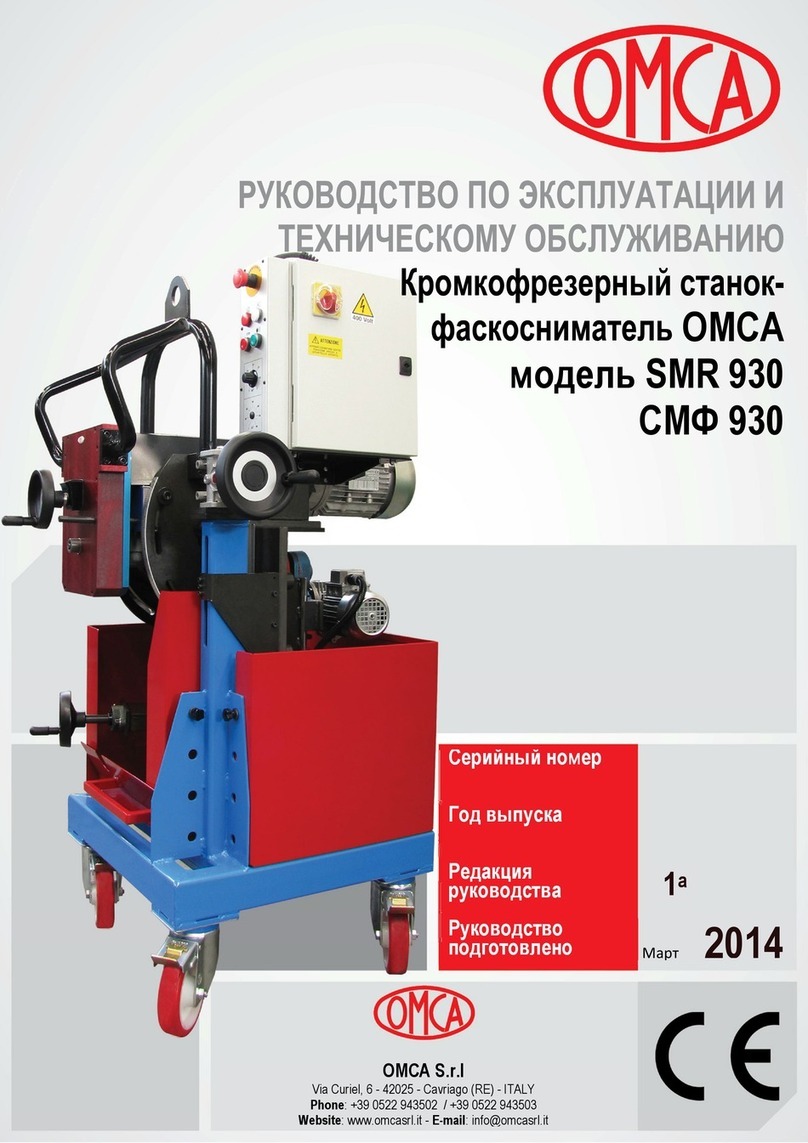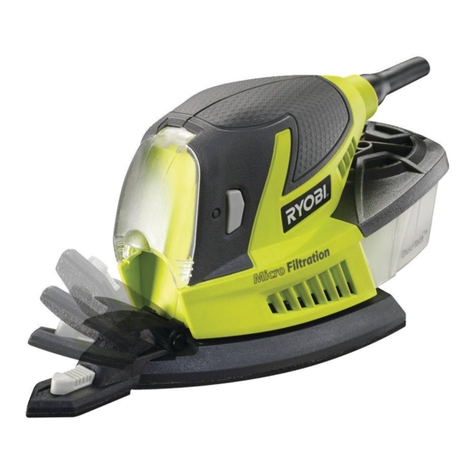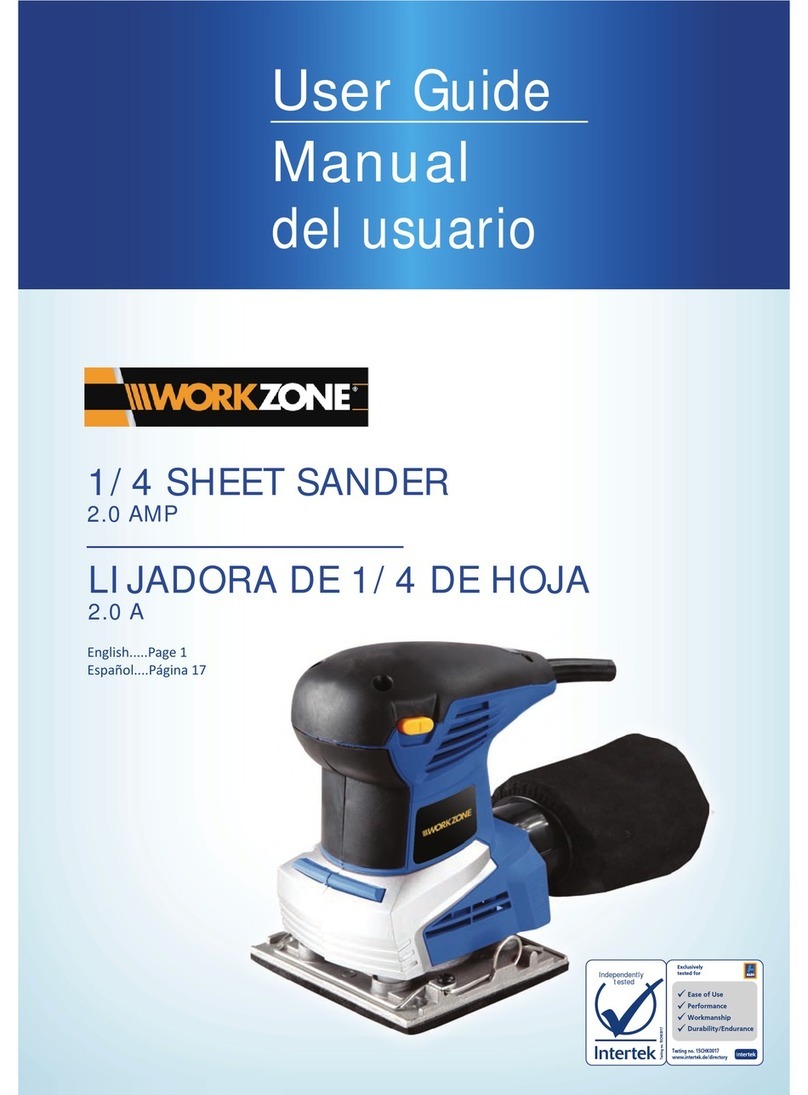
FLIP®01.01.2019
English / Englisch
CONTENTS
1 Introduction.....................................................................................................................................................................5
1.1 Features of the machine ................................................................................................................................................5
1.2 Description of the machine ...........................................................................................................................................5
1.3 Proper use as intended..................................................................................................................................................5
1.4 Protective devices..........................................................................................................................................................6
1.5 Machine configuration...................................................................................................................................................6
1.5.1 Basic equipment...........................................................................................................................................................6
1.5.2 Optional equipment......................................................................................................................................................6
1.5.3 Wearing parts and safety-related parts ....................................................................................................................7
2 Hazard warnings and safety instructions ...................................................................................................................8
2.1 Hazard warnings.............................................................................................................................................................8
2.2 General safety instructions .........................................................................................................................................12
3 Technical data ..............................................................................................................................................................14
3.1 Data on type plate ........................................................................................................................................................14
3.2 Machine data................................................................................................................................................................14
4 Commissioning .............................................................................................................................................................16
4.1 Preparing the machine.................................................................................................................................................16
4.2 Connecting the power cable .......................................................................................................................................17
4.3 Switching on the machine...........................................................................................................................................18
4.4 Switching off the machine...........................................................................................................................................19
5 Working with the FLIP®..............................................................................................................................................20
5.1 General application tips...............................................................................................................................................20
5.2 Replacing the sanding medium...................................................................................................................................22
5.2.1 Velcro sanding discs..................................................................................................................................................22
5.2.2 Conventional sanding discs ......................................................................................................................................23
5.3 Emptying the dust bag..................................................................................................................................................24
6 Transport and storage..................................................................................................................................................27
7 Maintenance work and replacement of wearing parts ..........................................................................................28
7.1 Cleaning and care.........................................................................................................................................................29
7.2 Tightening the V-belt ....................................................................................................................................................30
7.3 Replacing the V-belt.....................................................................................................................................................31
7.3.1 Removing the V-belt...................................................................................................................................................31
7.3.2 Installing the V-belt....................................................................................................................................................32
7.4 Replacing the complete sanding plate.......................................................................................................................33
7.5 Replacing the motor pulley..........................................................................................................................................34
7.6 Replacing the carbon brushes....................................................................................................................................36
7.7 Checking the dust suction system..............................................................................................................................37
7.8 Adjusting the guide rollers ..........................................................................................................................................38
7.8.1 Standard setting.........................................................................................................................................................38
7.8.2 Setting for special cases...........................................................................................................................................40
7.9 Replacing the wheels and the guide rollers..............................................................................................................41
7.9.1 Replacing the wheels ................................................................................................................................................41
7.9.2 Replacing the guide rollers .......................................................................................................................................41
7.10 Adjusting the wall-protecting roller ...........................................................................................................................42
7.11 Replacing the wall-protecting roller ..........................................................................................................................43
2
